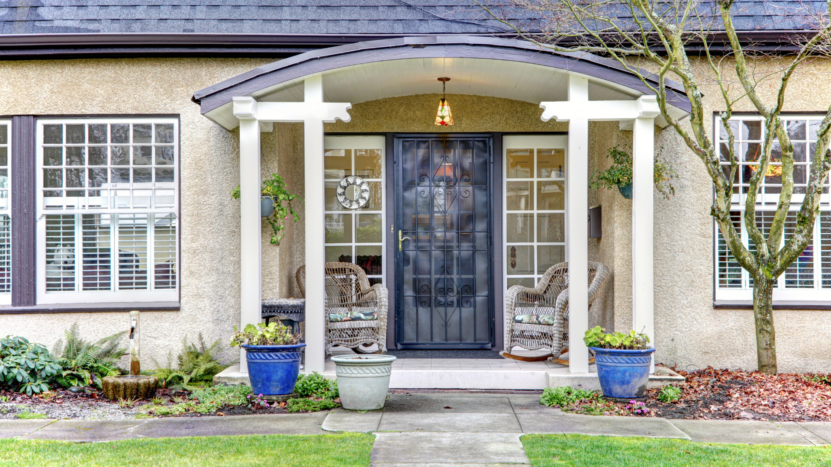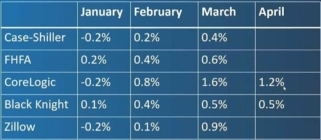This is what has shocked housing market analysts worldwide:
Despite the fastest rise in interest rates in history, home prices in the U.S. have remained amazingly resilient.
And the one factor that is keeping home prices high is of course: TIGHT INVENTORY!
The housing doomsayers don’t seem to understand what is keeping inventory so tight and why it matters so much.
So, I will reiterate three of the reasons why inventory is so tight here:
- Population and household formation growth has vastly exceeded the number of new homes coming on the market, as I discussed in this blog: Shocking Data!
- Mortgage rate lockdowns. Potential sellers with very low fixed-rate mortgages simply refuse to sell their homes right now because they do not want to be forced to buy a new home in this much higher interest rate environment.
- Fixed-rate mortgages. This is a factor that most people don’t consider. Canada does not have 30-year fixed-rate mortgages, and as a result, homeowners in Canada are now being forced to refinance their 3% adjustable rate mortgages into 9% adjustable rate mortgages, and thousands of Canadians can no longer afford to make their mortgage payments (particularly investors who counted on continued low rates to ensure their properties would cash flow). And that in turn is forcing homeowners to sell en masse – which will likely tank Canada’s housing market. Borrowers with 30-year fixed-rate mortgages in the U.S. are not forced to refinance and can thus sit on their low payments for the next 28 years.
In light of very tight inventory, it is no surprise that data providers like Case-Shiller, FHFA, Zillow, Black Knight, and CoreLogic are telling us that we are on pace to see overall home value APPRECIATION in the 5% to 8% range in 2023!
Despite all this, the media loves to continue to pummel us with housing crash predictions. Business Insider (BI) was the latest pile on with this article: Home buyers are finally seeing a light at the end of the tunnel, but it is going to be painful for homeowners and sellers.
But, Barry Habib of course rebutted BI’s points very effectively today.
- BI focused on recent inventory buildups, but Habib pointed out that we ALWAYS see inventory builds in the fall and this fall’s build is in fact less than what we have seen in previous years.
- BI mentioned price reductions too, but Habib pointed out that A) Reductions in listing prices don’t mean home prices are falling; B) Only 6.5% of listings have been reduced, meaning 93.5% of listings have NOT been reduced; C) 32% of homes have recently sold ABOVE list price; and D) The sale price to listing price ratio is 99.4% still.
The one thing we need in the U.S. to really bring home prices down is a huge surge of inventory to change the supply and demand imbalance (where supply vastly exceeds demand like we saw after 2008).
So, the title of my blog should actually be:
3 Events That Will Bring On A Surge of Inventory and Crash Home Prices!
- High Interest Rates. If rates continue to climb, it will push so many buyers out of the market that supply could end up vastly exceeding demand even if “mortgage rate lockdowns” remain a thing.
- High Unemployment. This is another factor that many don’t consider, as the Fed has convinced all too many people that we will either have no recession or a very mild recession. But, if there is a bad recession that results in much higher unemployment levels, many homeowners will be forced to sell, irrespective of how low their interest rate is. And that could bring on a surge of inventory and lower prices in a hurry.
- Very Low Interest Rates. While low interest rates will likely bring many buyers back into the market, increasing demand, very low interest rates at the same time give the sellers subject to “mortgage rate lockdowns” the freedom to sell. And, if there is a recession and high unemployment at the same time, we could again see a flood of inventory that brings prices down.
Whether we will see any of these three events is anyone’s guess, and I remain a housing bull overall for the reasons I set out at the top of this blog. The fact that new homes have not been coming on the market fast enough to match population and household growth for years now will be a very difficult factor to overcome. In addition, while I do think rates will fall, I am not sure they will ever fall enough to free up the “locked down” sellers.
Sign up to receive our blog daily
























